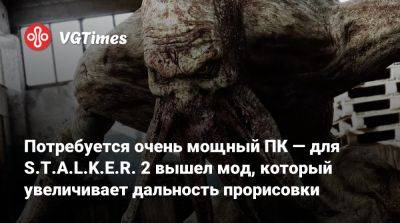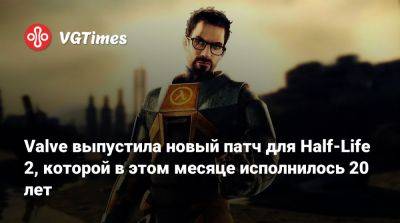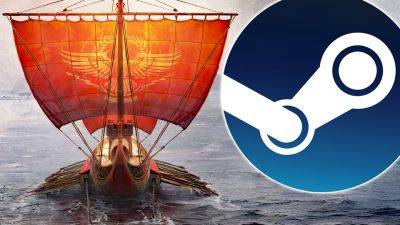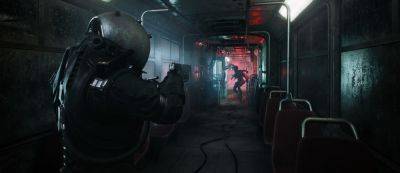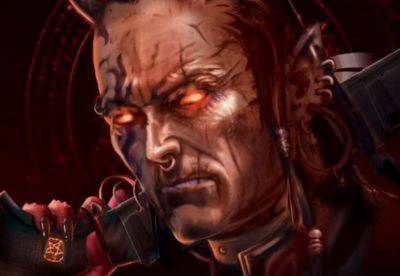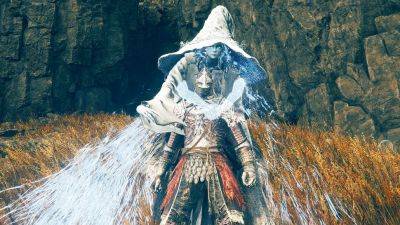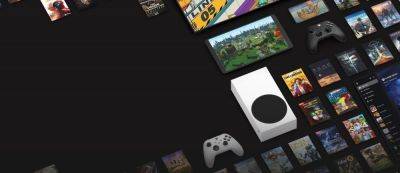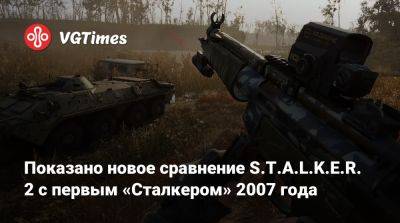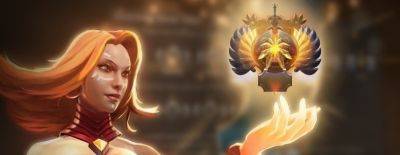How Prince of Persia Made its Double Comeback in 2024
After a relatively quiet period following the release of 2010's Prince of Persia: The Forgotten Sands, the series came roaring back with not one but two critically acclaimed PC and console games: Prince of Persia: The Lost Crown, which launched in January, and The Rogue Prince of Persia, which released in Steam Early Access in May. With Prince of Persia celebrating its 35th anniversary this month, we're concluding our retrospective series by speaking to key developers about how these two games - both side-scrolling action-adventures that take markedly different approaches - spun Prince of Persia's fantastical premise into a Metroidvania inspired by superheroes, fighting games, and "musicality," and a roguelite action-platformer about an arrogant Prince destined to keep learning from his (fatal) mistakes.
"If we are trying to bring back Prince of Persia, we need to take a new identity, very far from Assassin's Creed," says Abdelhak Elguess, The Lost Crown's senior producer. Plenty of ideas for what this could be were thrown around, but it wasn't until Elguess brought in Game Director Mounir Radi that the first puzzle piece of Prince of Persia: The Lost Crown clicked into place.
"His proposal was immediately for a Metroidvania; he had already been thinking about how Prince of Persia could be a Metroidvania," says Elguess. Approaching Prince of Persia as a 2.5D Metroidvania allowed the developers at Ubisoft Montpellier to implement the kinds of ideas for exploration, puzzles, and combat that would work in an open-world game, while also taking advantage of their considerable expertise in side-scrolling platform games (the studio also created Rayman Origins and Rayman Legends).
"The Metroidvania approach was really an idea



 news.ubisoft.com
news.ubisoft.com








